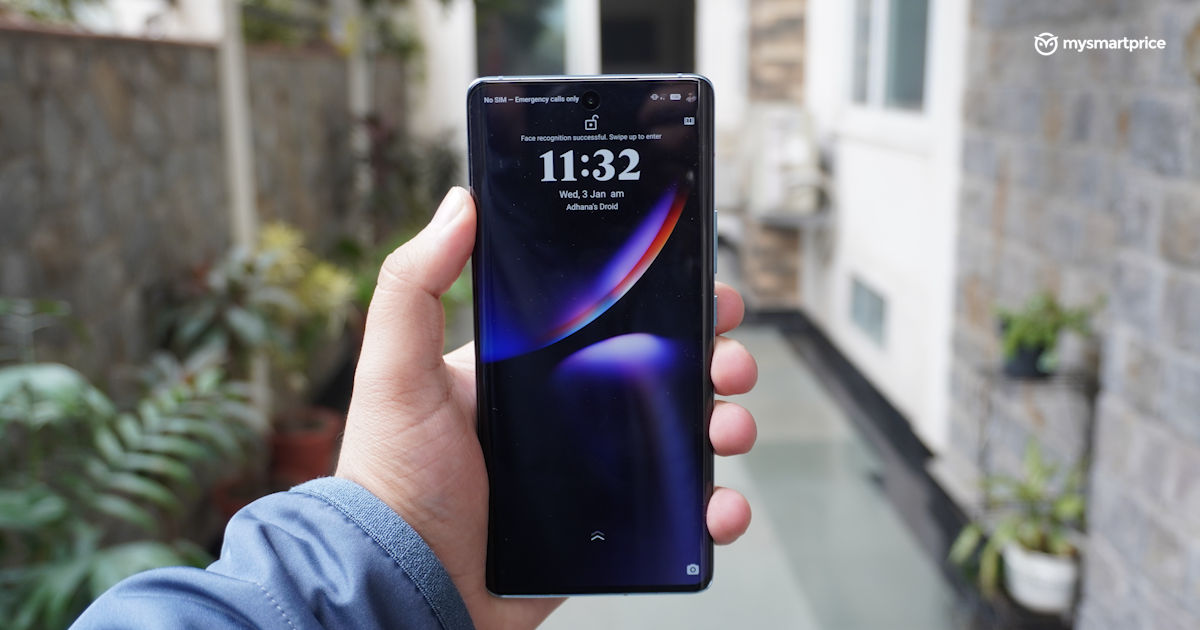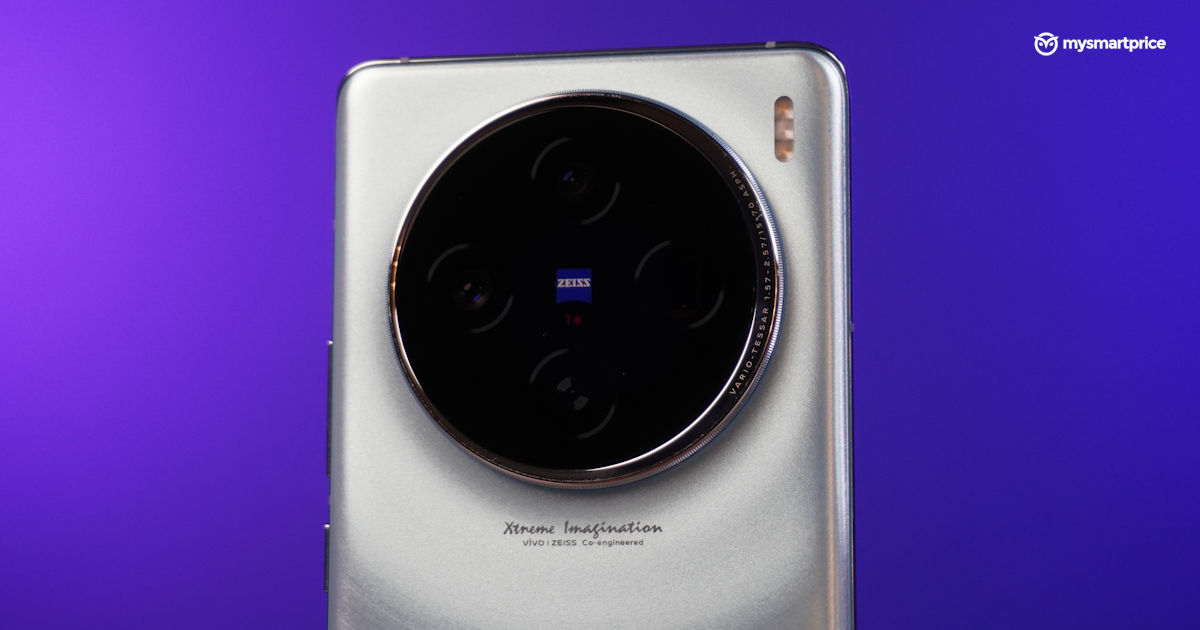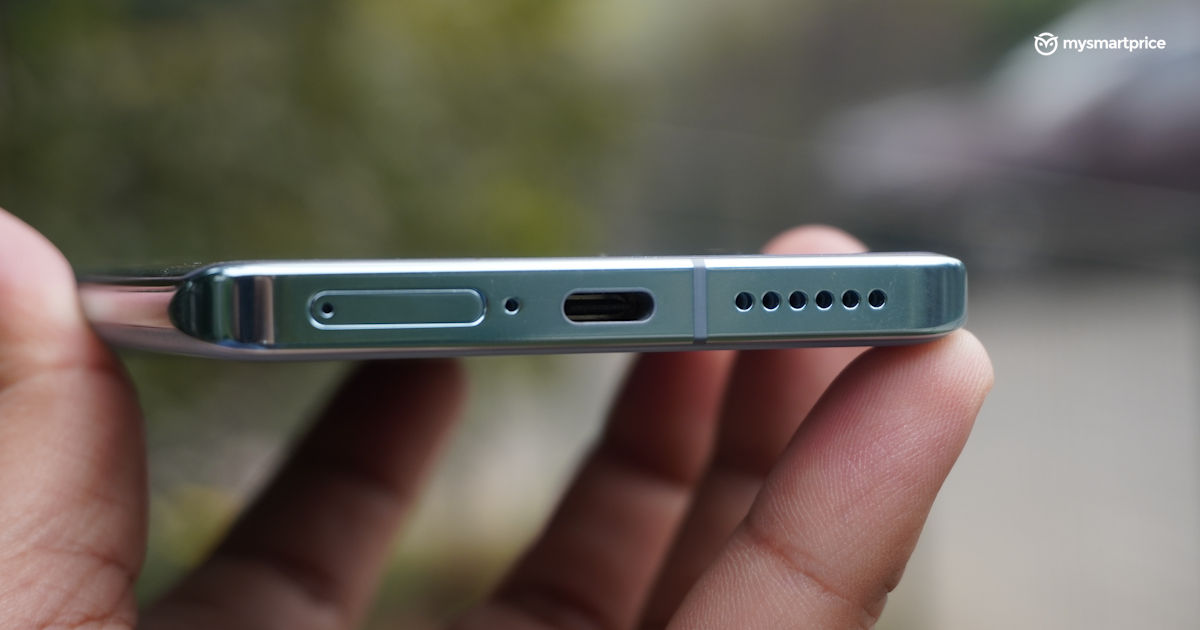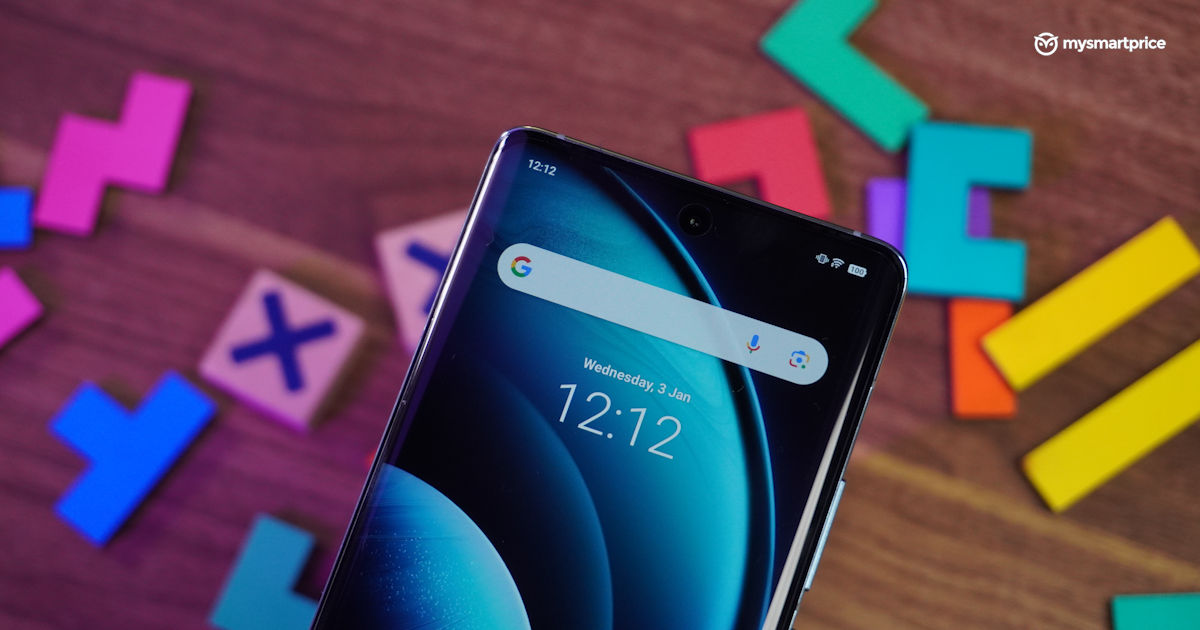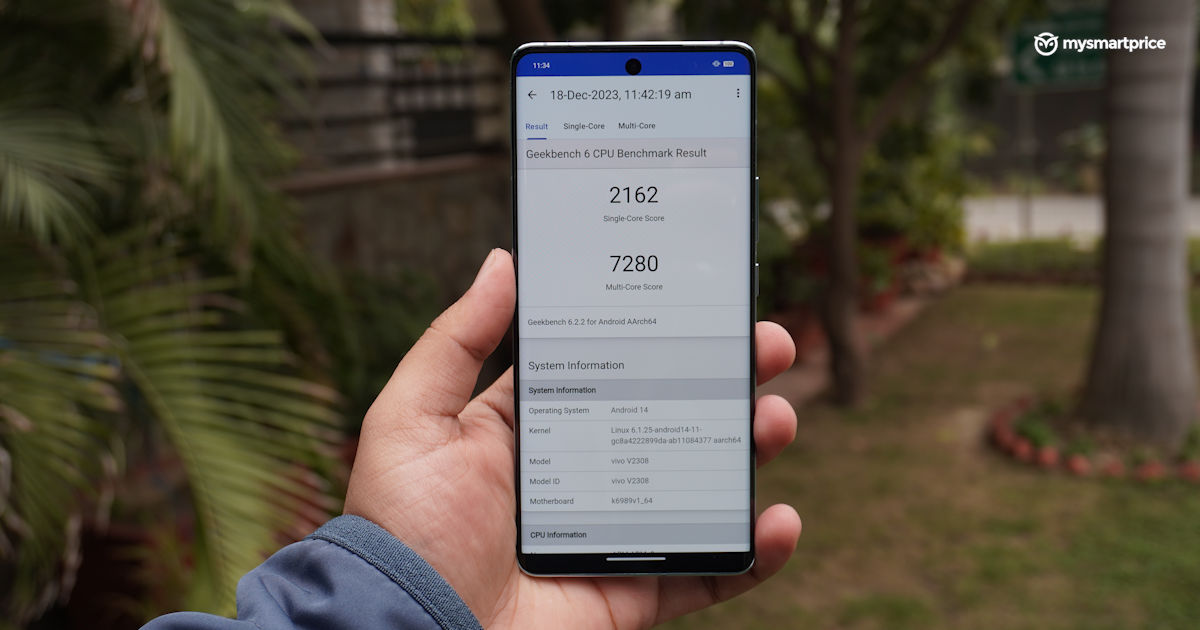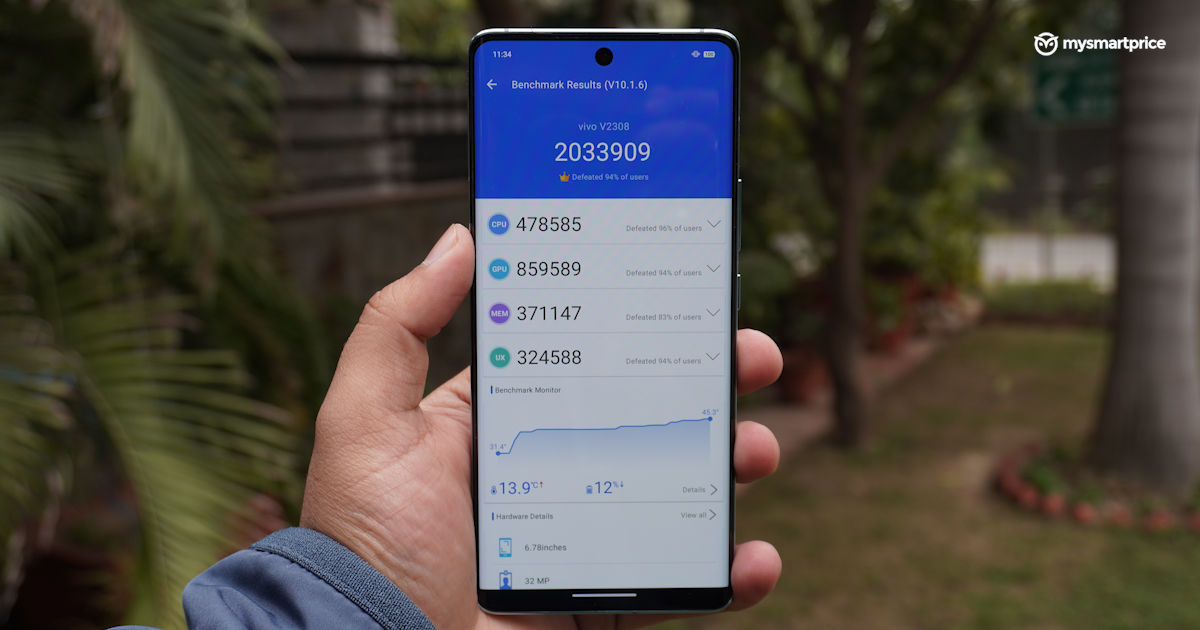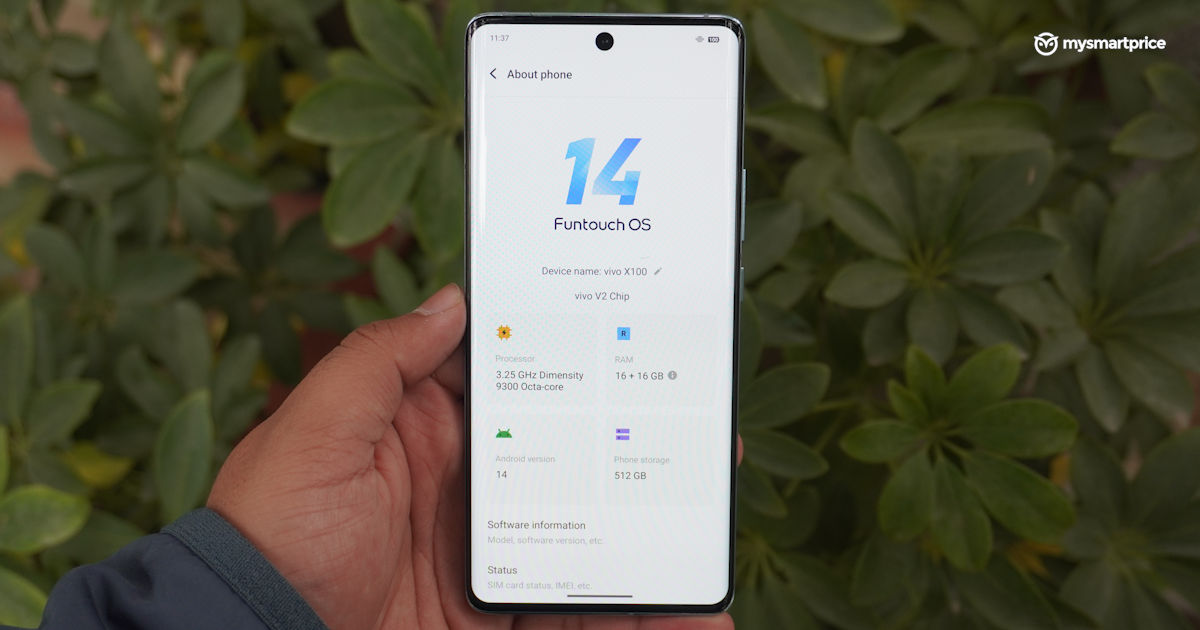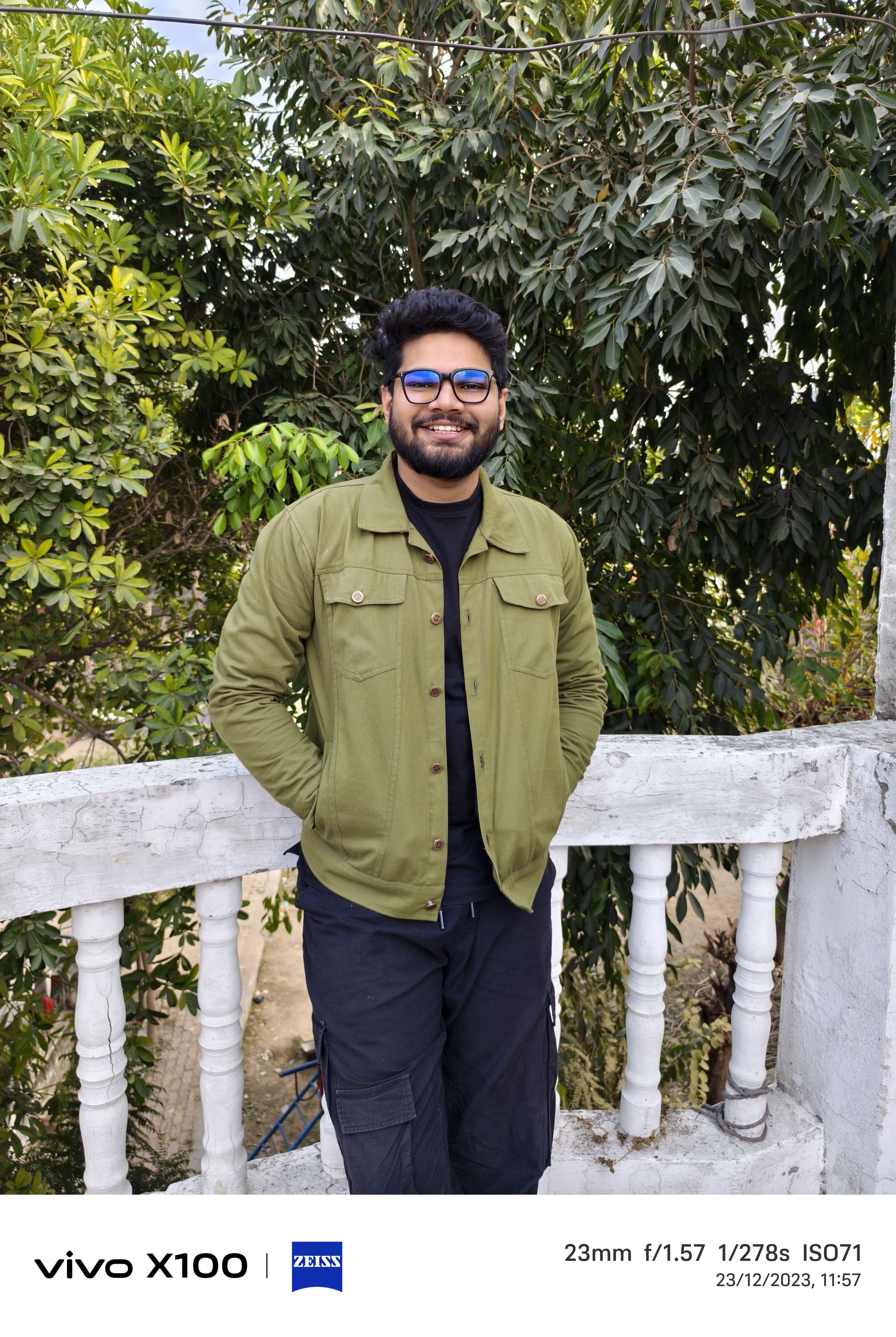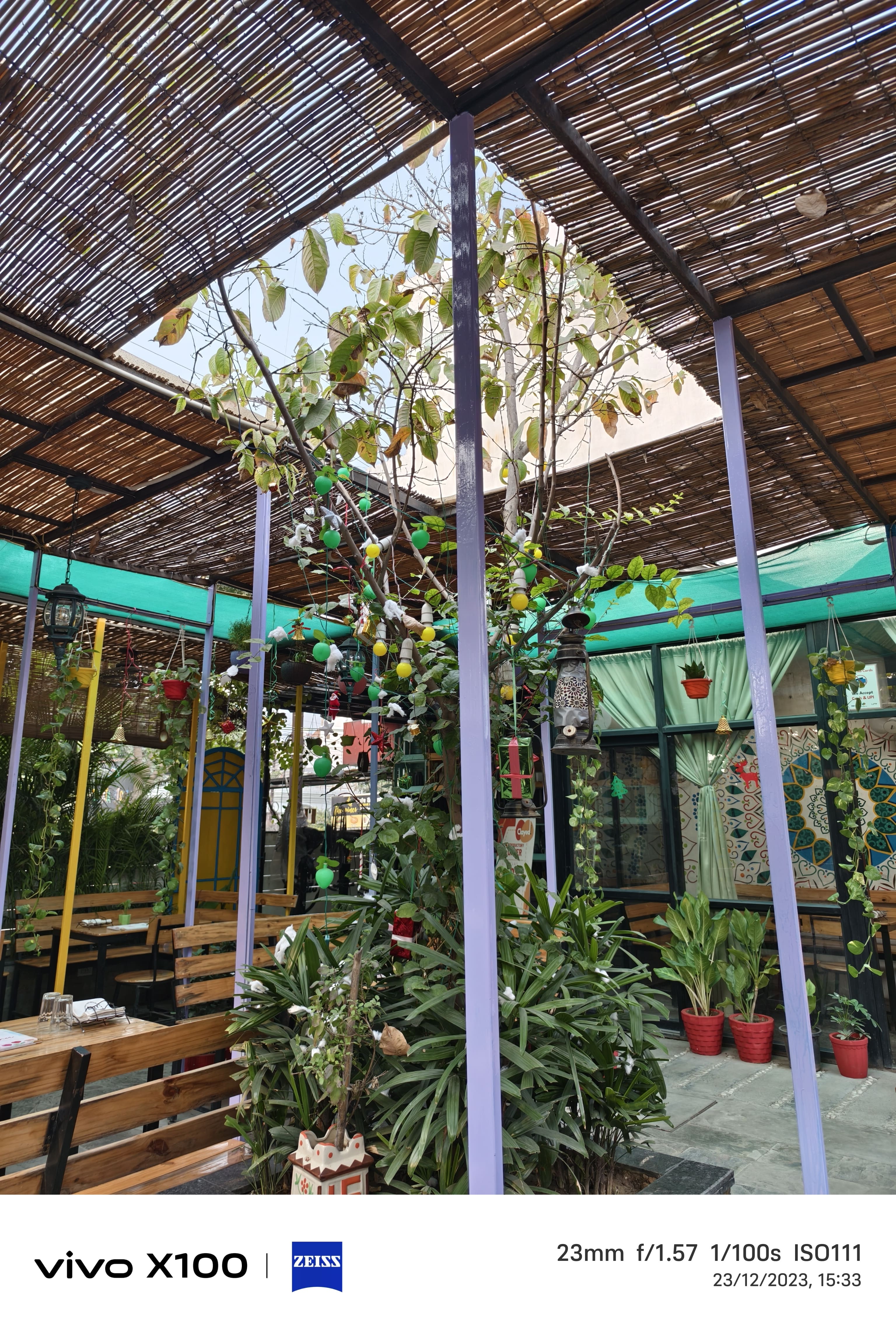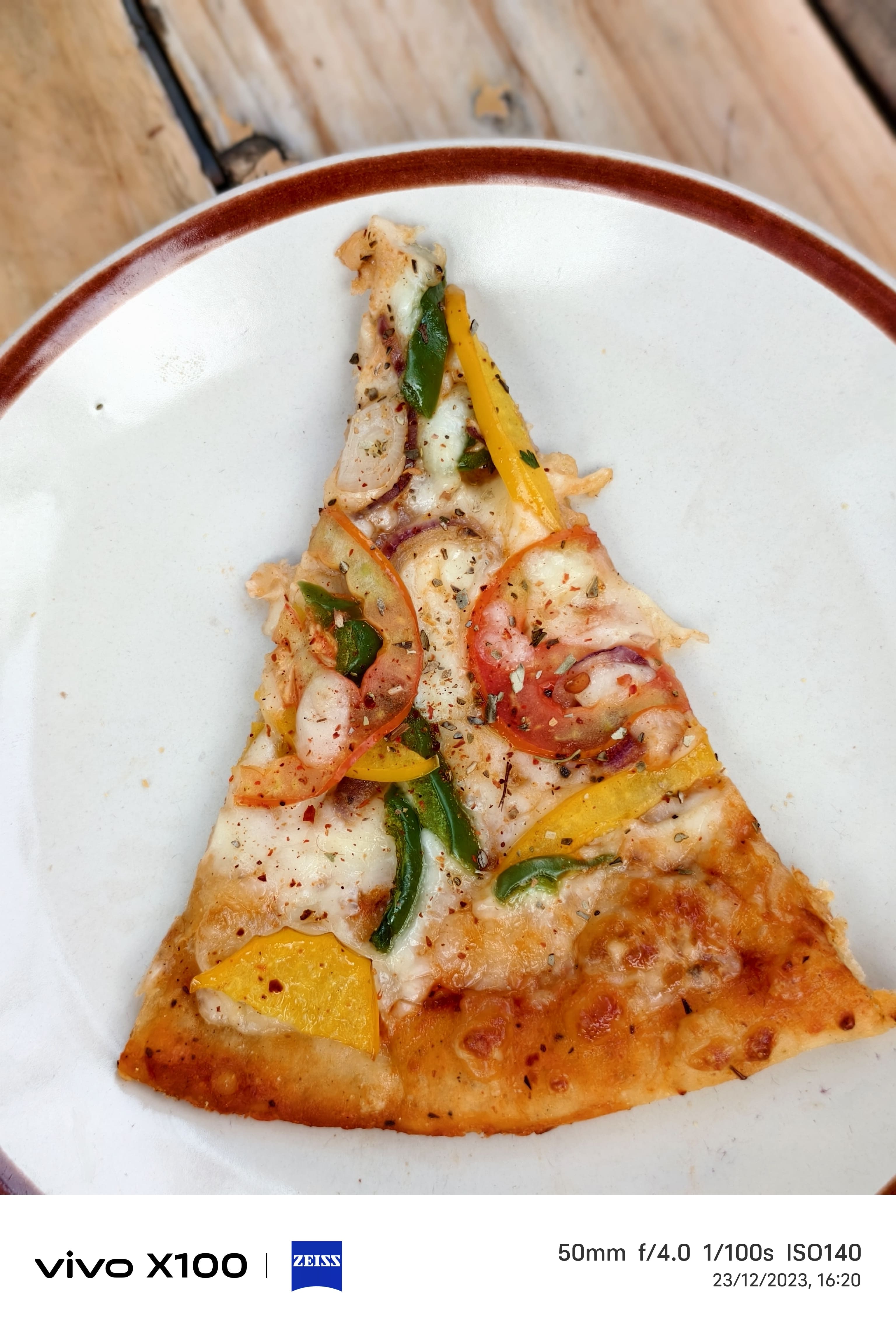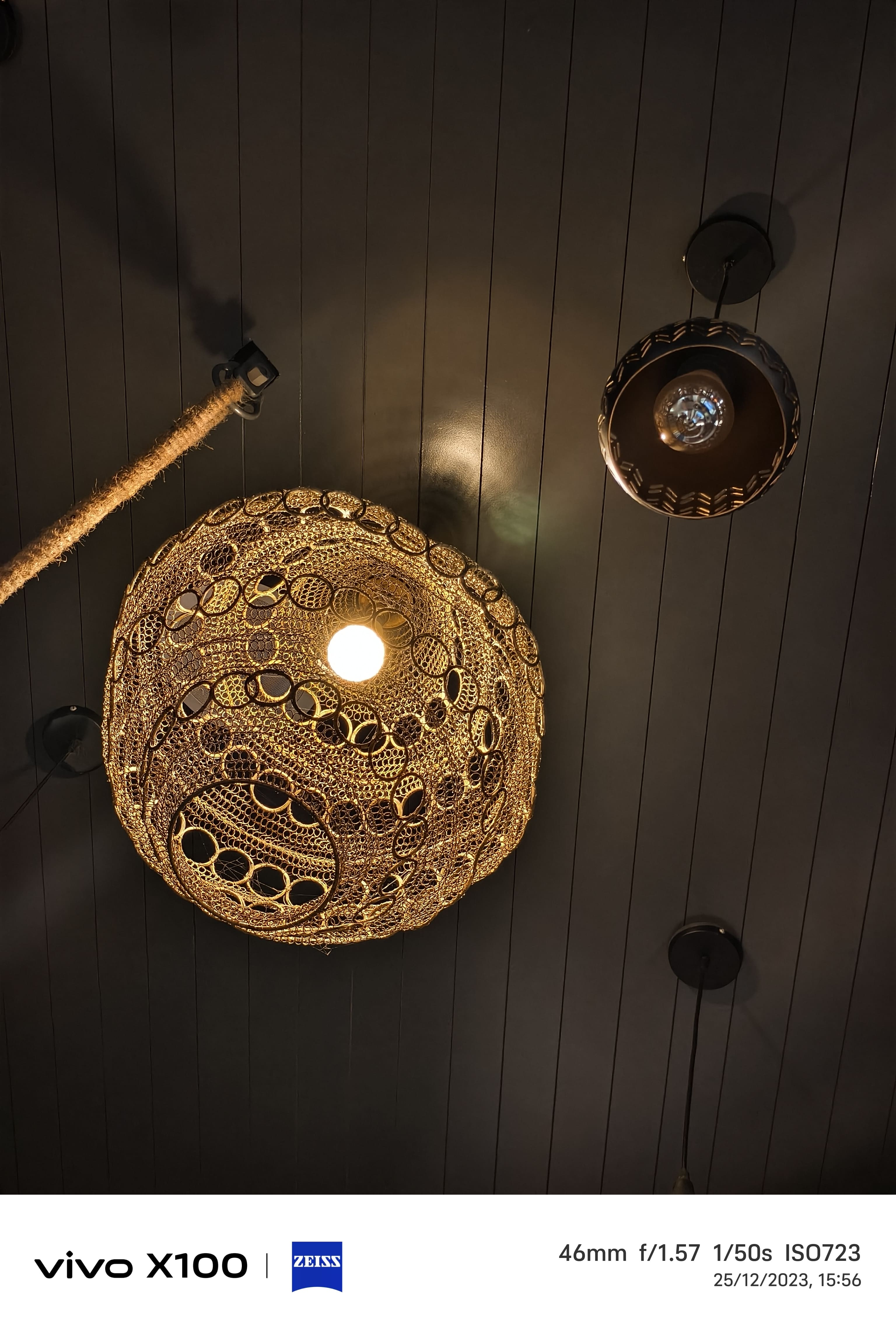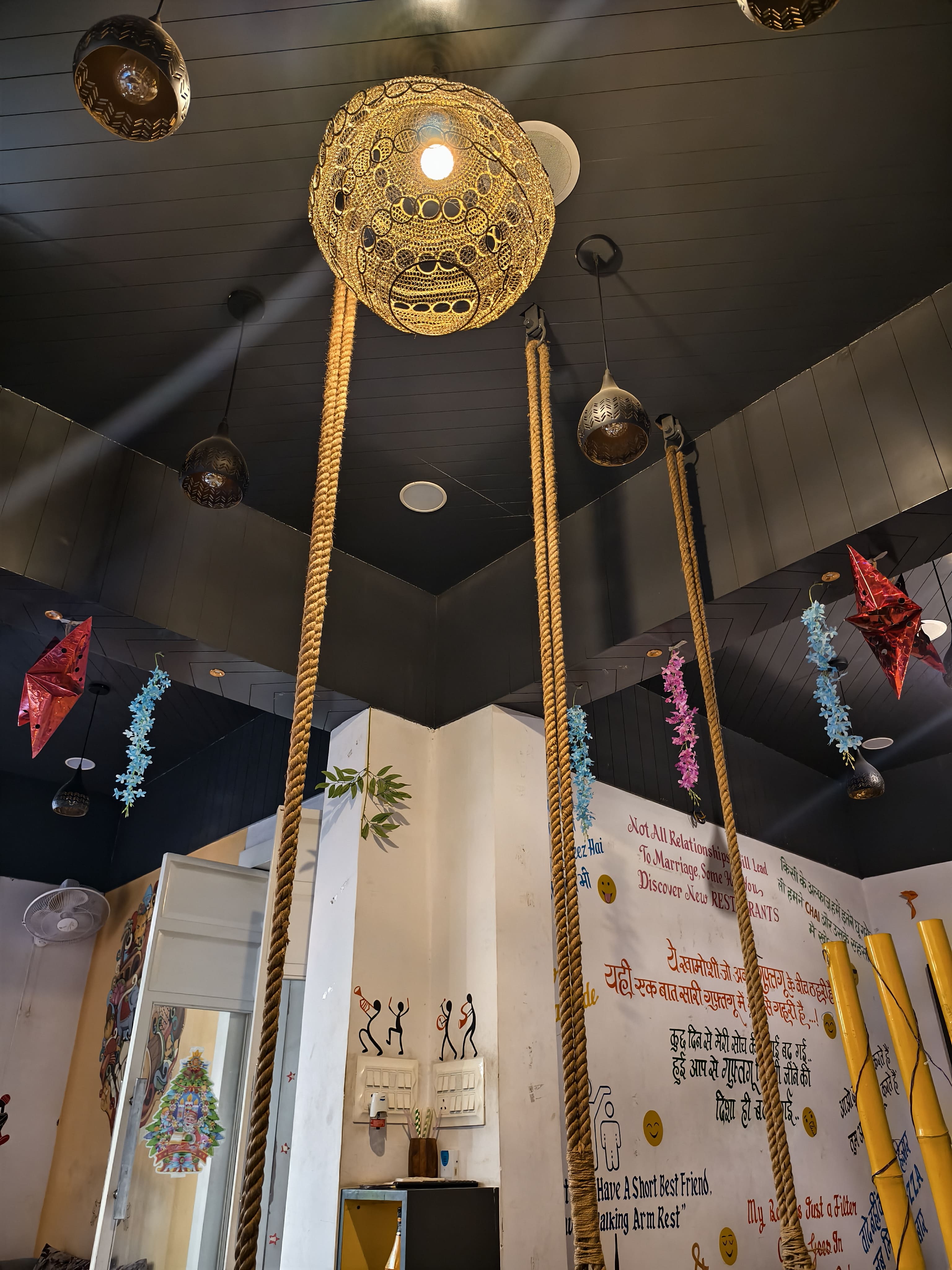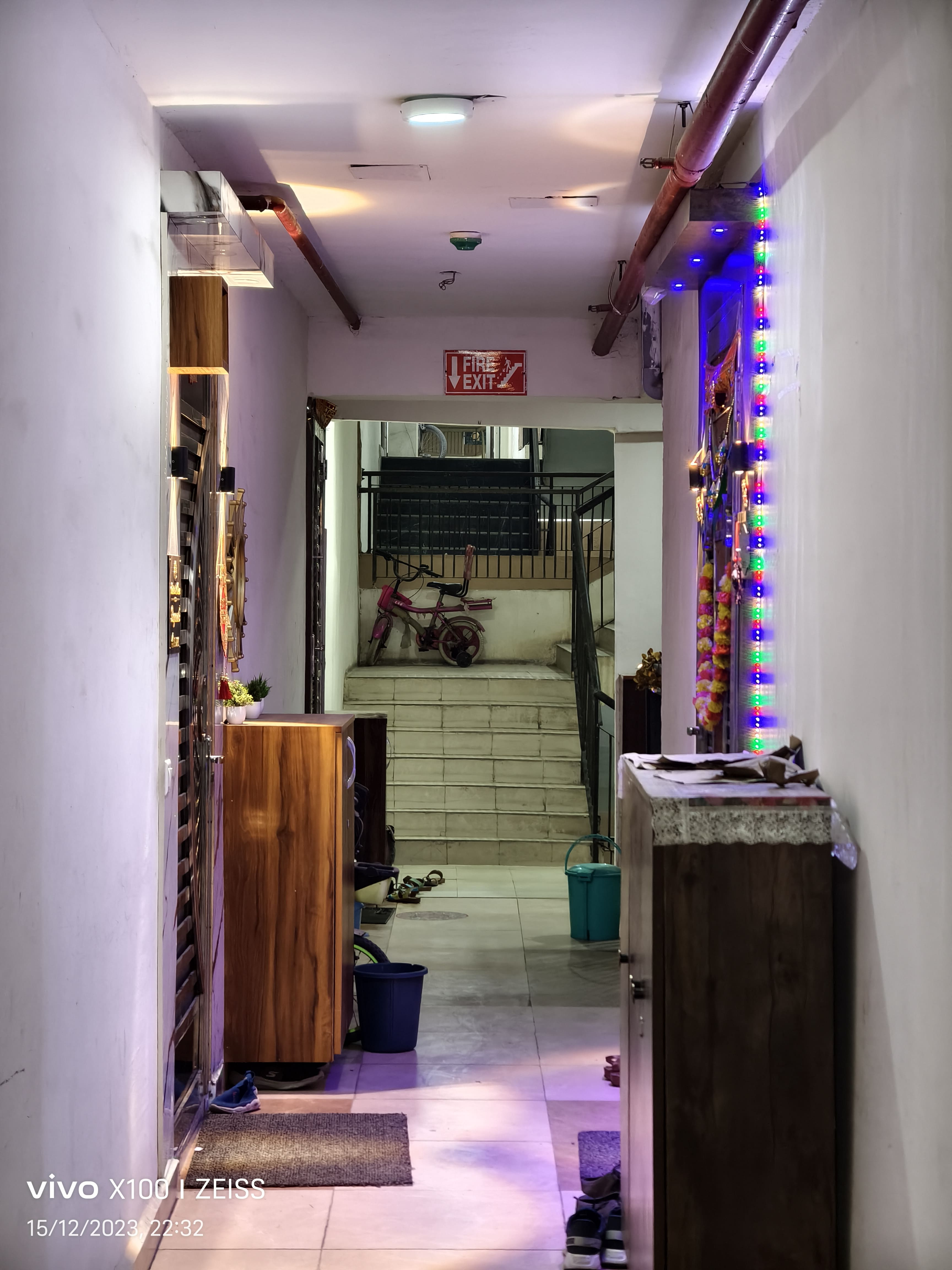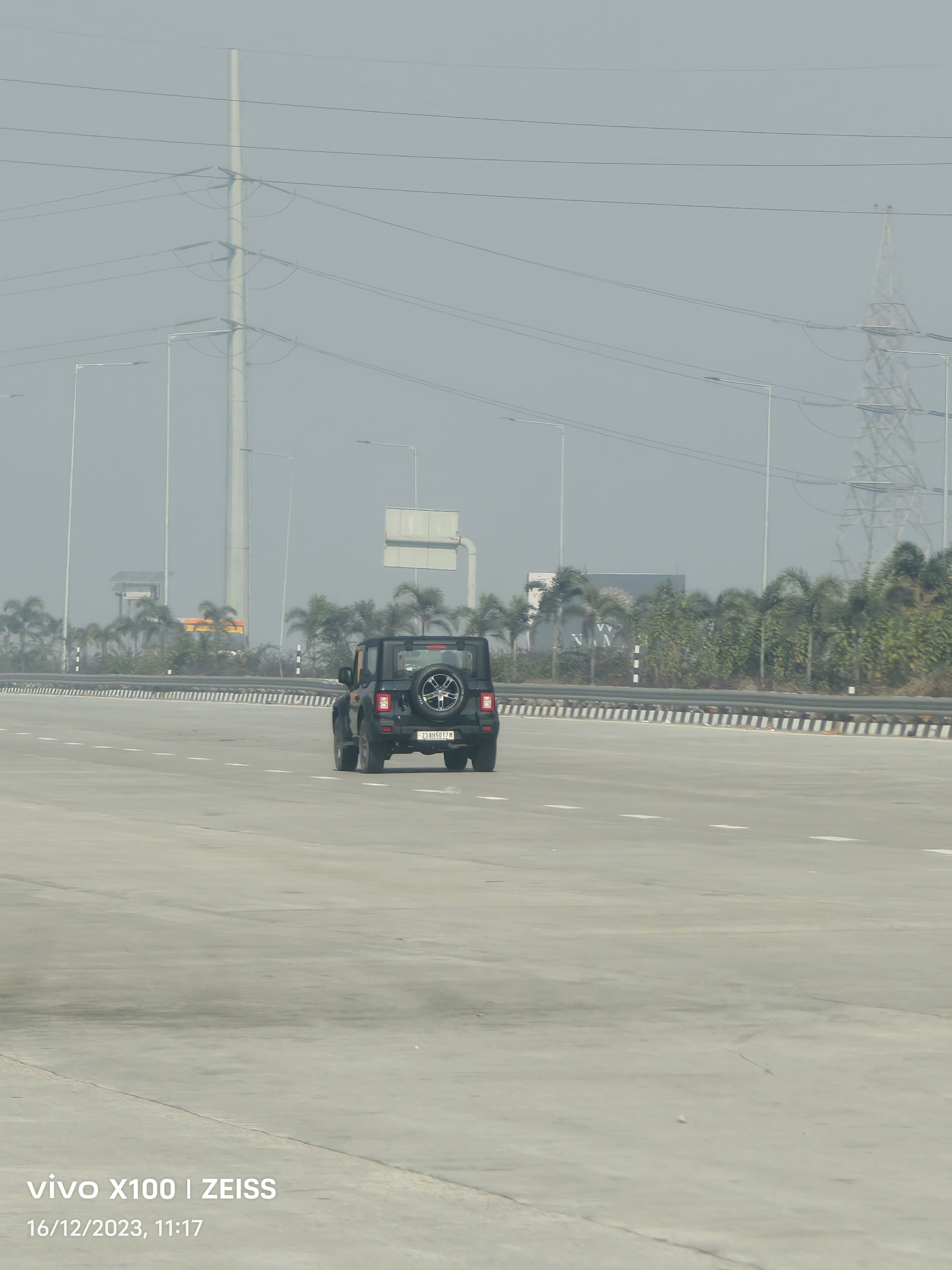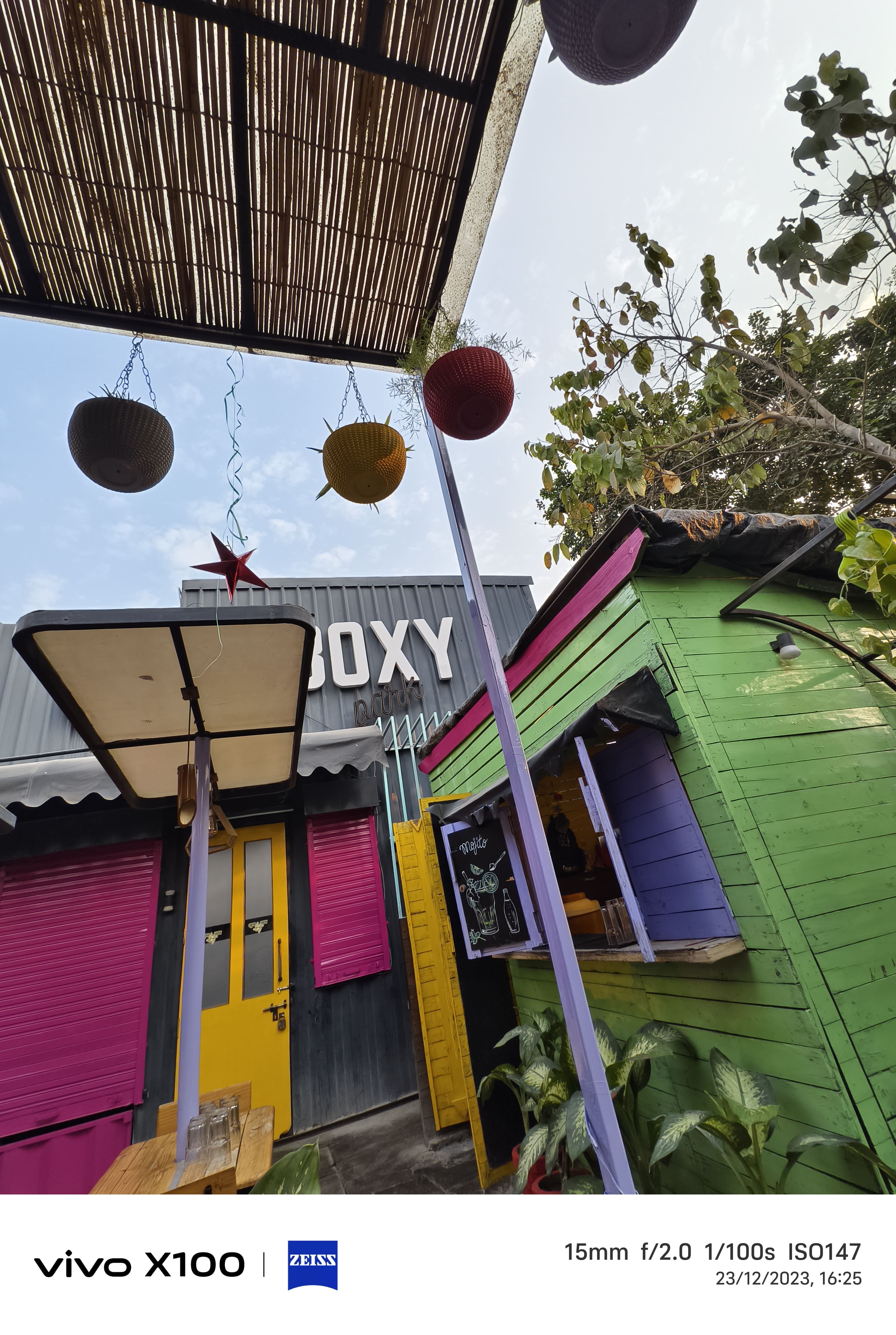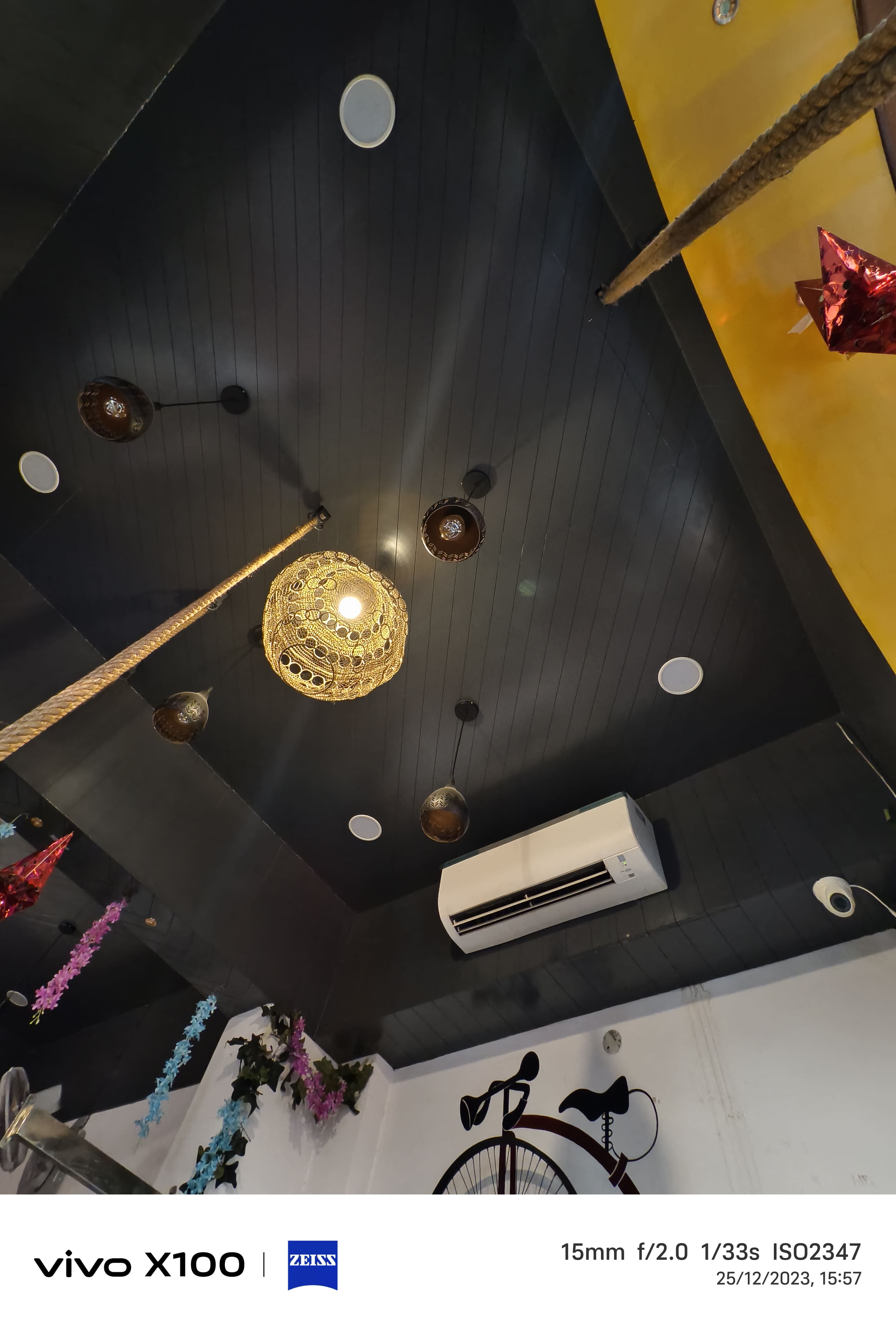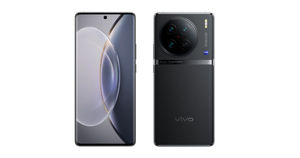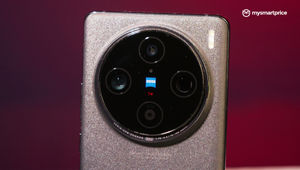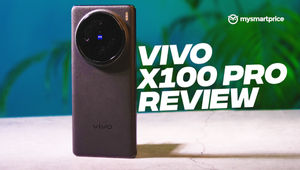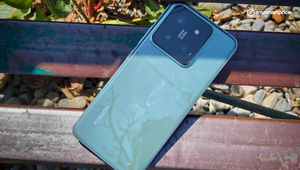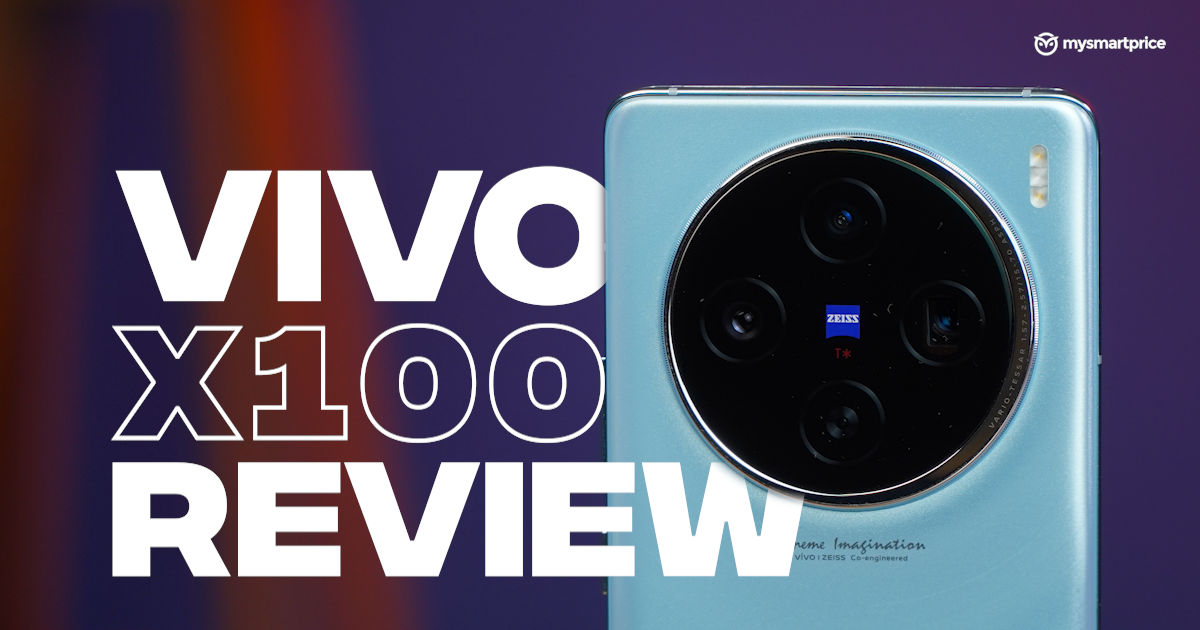
It is barely January, and the smartphone market is already ablaze. The Vivo X100 series is the latest contender to throw its sleek metal hat into the ring, promising a powerhouse package wrapped in a head-turning design. So let’s have a closer look at it, and understand if the Vivo X100 lives up to the hype, or is it just another overhyped pretender to the throne?
Vivo X100
63,999What Is Good?
- Great cameras
- Stunning display
- Good battery life with super fast charging
What Is Bad?
- Underwhelming UI with buggy optimisation
- The build is not premium
Vivo X100 Review: Design
| Design | Specifications |
| Back Material | Fluorite AG Glass Back Panel |
| Weight | 206 Grams |
| Thickness | 8.49mm |
| IP Rating | IP68 |
Departing from last year’s X90 (Review) which had a glittery pattern and matte finish, this year’s X100 has a bit more sophisticated aesthetic. This design has a symmetrical arrangement of shiny arc lines that appear right after the huge camera module, moving towards the bottom.
Of course, personal preferences have always been subjective but for those who are going to slap a case over their phones anyway, this should not be worrisome. To the geeky ones out there, we know what you are thinking. Yes, it reminds us of the OnePlus 7T because of the camera module, but this has a slightly more grandeur to it.
The humongous camera module is protected by an uneven-OCD-triggering metal ring that takes all the minor scratches, once the phone is accidentally rubbed against the ground. For those distressed by each new scratch on their phone, a high-quality case will be a valuable investment for you. In addition, the Vivo X100 features IP68 dust and water resistance this time, making it more durable than its predecessor.
Vivo X100 Review: Display
| Display | Specifications |
| Size | 6.78-inch |
| Type | 3D Curved AMOLED LTPO |
| Resolution | FHD+ |
| Refresh rate | 120Hz |
| Peak brightness | 3000 nits |
At the front of the X100 is a sprawling display with vivid colours. The specs are not very different from its predecessor and it is not a problem at all, as it continues to deliver an impressive experience.
We watched a few episodes of the new season of Reacher, and we were able to see impressive details of how the big guy beat the crap out of the bad guys. We also watched a few movies on Netflix, and a lot of YouTube videos, and the experience was the same throughout. The colours were vibrant, and the picture quality was sharp and contrasty with deep blacks, making the Vivo X100 ideal for content consumption.
Vivo X100 Review: Performance and Software
| Hardware | Specifications |
| Processor | MediaTek Dimensity 9300 + V2 Chip |
| AnTuTu v10 | 2033909 |
| Geekbench 6.1 | Single core – 2162, Multi core – 7280 |
| 3DMark (Wild Life Extreme Stress Test) | 4841 (Best loop score) |
| Software version | Android 14 based on FunTouchOS 14 |
| Connectivity details | Wi-Fi 7, Bluetooth 5.4, GPS, NFC |
The iQOO 12 was the first phone that leaped over the 2 million mark on AnTuTu benchmark. Well, Vivo X100 goes ahead of iQOO’s latest offering, at least in terms of benchmark. Yeah, iQOO 12 is cheaper than our monster here, but it is the performance front we are talking about, not the price. We tested the MediaTek Dimensity 9300 in-depth on the Vivo X100 Pro for performance, heating, and almost all fronts, so feel free to check it out.
FunTouchOS seems to have matured a lot over time, and we were very much impressed by it at the time of Vivo X90 Pro, because it came without bloatware. Sadly, things are different this time around. There were a lot of apps on the first boot on the X100, and even though a lot of them can be uninstalled, the unnecessary apps from notifications surely made us crave the experience we got on the X90 Pro. There are a lot of customisations that you would expect in the Vivo flagship, but along with that, there are also some bugs that you would not.
Vivo X100 Review: Camera
| Cameras | Specifications |
| Primary camera | 50-megapixel VCS IMX920, f/1.57, OIS |
| Secondary camera | 50-megapixel JN1 AF (Ultrawide) |
| Tertiary camera | 64-megapixel OV64B, 3X Optical 100X Digital (Telephoto) ZEISS |
| Selfie camera | 32-megapixel |
| Video recording capabilities | Up to 4K at 60fps |
The X Series from Vivo has been taking smartphone photography to new heights, so we are certainly interested in testing out the camera capabilities.
The entire camera setup on the X100 has gotten a huge upgrade on all cameras except the 50 MP Primary camera which was already doing an excellent job. The photos taken in broad daylight are sharp, crisp, and well-detailed, and look like they are taken on a flagship phone. The colours are slightly on the punchier side, which a lot of people prefer nowadays, as it would save them from the hassle of tweaking colour before posting online.
The X100 series also claims to specialise in portraits and yes, it remains true to its claim. Just like the Vivo X90, you get tons of filters, LUTS, and even guides on how to pose (yes it is crazy, and we loved it). On top of that, the Zeiss Bokeh flare also adds a little bit of spice to the picture to give the cinematic look that even we didn’t know our pictures needed.
The updated 50 MP wide-angle camera takes great pictures in daylight, but slightly less crisp pictures when compared to the primary in low light in terms of details. Switching to 10X mode is where we noticed that colours were slightly off. The sky which appeared to be completely normal in 1X, 2X, and even 3X zoom levels, appeared to be very dark as if a storm was approaching whenever we clicked pictures in 10X. And this was similar throughout our testing.
Yes, you do get the ability to zoom in 100X, but if you are trying to capture something memorable, there are a couple of reasons why we would suggest you not switch to that mode during that time. The OIS works great in the primary shooter, but the camera struggled to stabilise at a point whenever we zoomed in 100X. Secondly, the pictures captured in 100x zoom lack details and colour accuracy.
Tapping on different camera lenses changes the focal length of the camera without switching the camera, offering a slightly different perspective that can be pleasing to some. This also saves you from the hassle of scrolling on the whole wheel of lenses. But at night time, maybe due to some weird optimisation, the switch from one lens to the other happens very slowly, something even when the moment that you wanted to capture has already passed away.
Vivo X100 Review: Battery
| Battery capacity | 5,000mAh |
| Charging wattage | 120W FlashCharge |
| Charger in the box? | Yes |
| Screen-on time | 7 Hours |
One thing the Vivo X100 nails is the battery, from battery to charging – it is even better than its older and costlier sibling – the Vivo X100 Pro. It can very easily last about a day on a single charge, offering about seven hours of on-screen time easily, sometimes even more depending on the use case scenario. Vivo has worked on the battery optimisation of FunTouchOS, and it is making a difference.
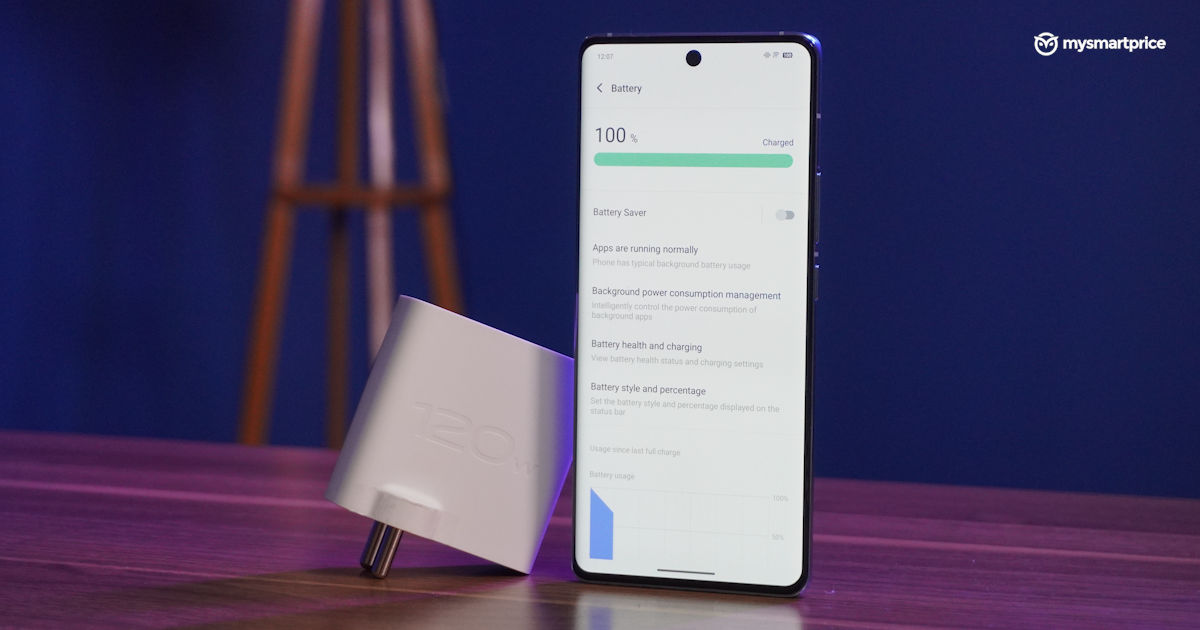
But what is even more impressive is that you don’t have to wait for the device to juice up to 100 percent. The 120W Flash Charge makes this stand upon the pedestal, even above the X100 Pro, which is limited to 100W only. But the Pro model also has a card up its sleeve i.e. wireless charging. While you get 50W wireless charging on the Pro, the X100 completely skips on wireless charging.
Vivo X100 Review: Pricing and Verdict
| Variant | Pricing |
| 12GB RAM + 256 GB Storage | Rs 63,999 |
| 16GB RAM + 512 GB Storage | Rs 69,999 |
All in all, we have some interesting findings about the Vivo X100. It can take some stunning photos. Whether you are capturing sun-kissed landscapes or dimly lit portraits, the camera shines.

The display is another highlight. It is bright, sharp, and smooth, making everything from watching videos to browsing the web a joy. And let’s not forget the battery life. This phone is a marathon runner, lasting well into the next day even with heavy use. Charging is super fast too, so you’ll never be caught empty-handed for long.
But it is not all sunshine and rainbows. The build quality feels a tad underwhelming. While it is not bad, it doesn’t quite scream “premium” like some other flagships. Additionally, the FunTouchOS software can be buggy at times, with occasional stutters and glitches. It is not a deal-breaker, but it can be annoying.
So, should you buy the Vivo X100? If you prioritise camera quality, display, and battery life above all else, then it is worth a serious look.
Vivo X100 Review: Alternatives
For users considering alternatives, the Indian smartphone market offers some compelling options that cater to different preferences. The Pixel 7 Pro (review) , after the price cut, presents itself as a noteworthy alternative. If you’re looking for longer Android support, you can also go for Pixel 8, which comes with 8 years of Android update.
Another contender worth exploring is the upcoming OnePlus 12. With a reputation for delivering top-notch performance and a sleek design, the soon-to-be-launched OnePlus 12 would be a great option in the flagship category.
If performance is your priority, you can also check out the newly launched iQOO 12 (review) , the first smartphone that launched with the Snapdragon 8 Gen 3 processor.

